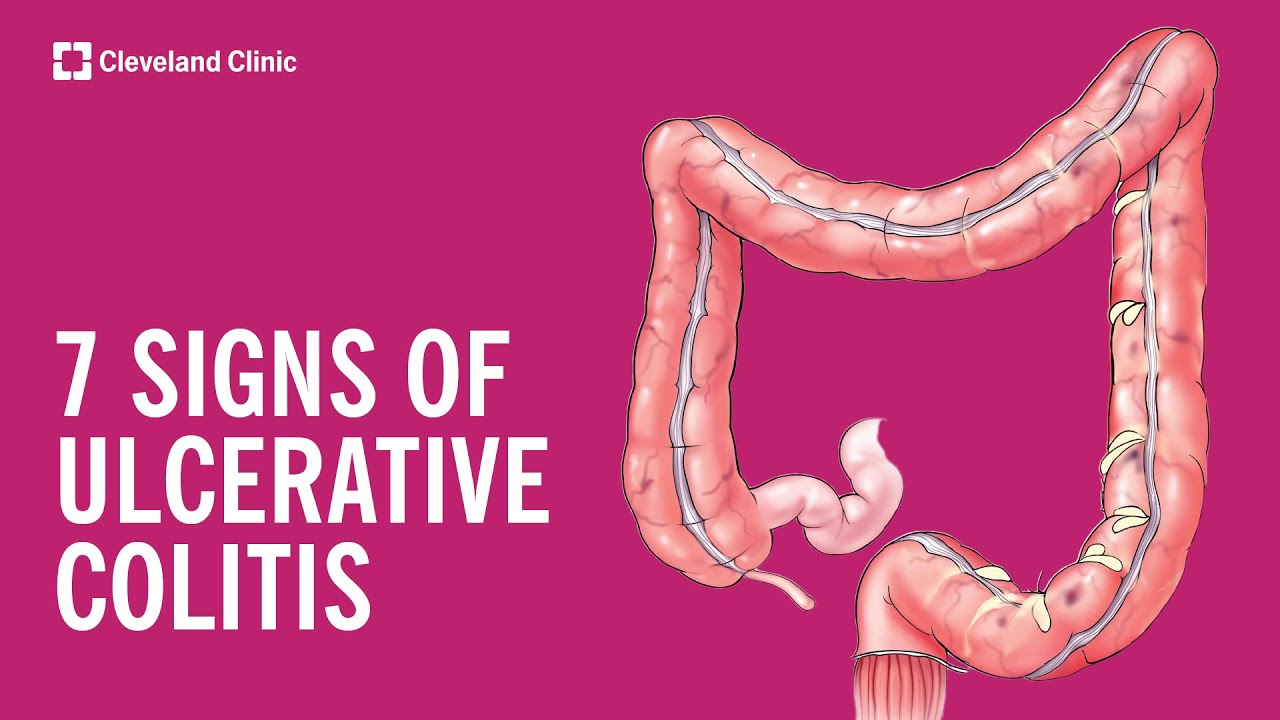Balloon dilation as effective as lithotripsy for removal of large bile duct stones
Reuters Health • The Doctor's Channel Daily Newscast
Dr. Nikos Viazis, with Evangelismos Hospital, Athens, and colleagues note that 90% of bile duct stones can be removed with standard endoscopic maneuvers after endoscopic sphincterotomy, but large stones are a challenge. Large balloon dilation has become an alternative to mechanical lithotripsy, but the two approaches have never been compared head-to-head.
To remedy that, the researchers randomized 90 patients with bile duct stones 12-20 mm to management by large balloon dilation (LBD) or mechanical lithotripsy (ML) following endoscopic sphincterotomy (EST).
“Complete bile duct stone removal was accomplished in 44 out of 45 patients randomized in EST-LBD (97.7 % ) and in 41 out of 45 patients randomized in EST-ML (91.1 %),” the team reports. The difference was not statistically significant (p=0.36).
On follow-up ERCP, complications were noted in two patients who underwent large balloon dilation (4.4%) and in nine patients managed by mechanical lithotripsy (20.0%).
Dr. Viazis and colleagues conclude, “EST-LBD should be the preferred treatment for the endoscopic removal of common bile duct stones with a diameter greater than 12 mm and up to 20 mm.”
Reference:
Large Balloon Dilation vs. Mechanical Lithotripsy for the Management of Large Bile Duct Stones: A Prospective Randomized Study
Am J Gastroenterol 2010;







